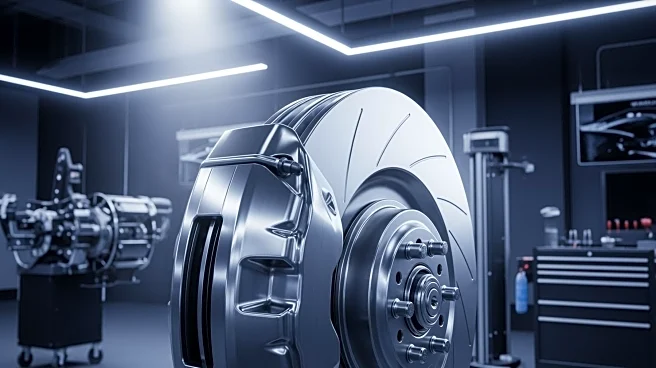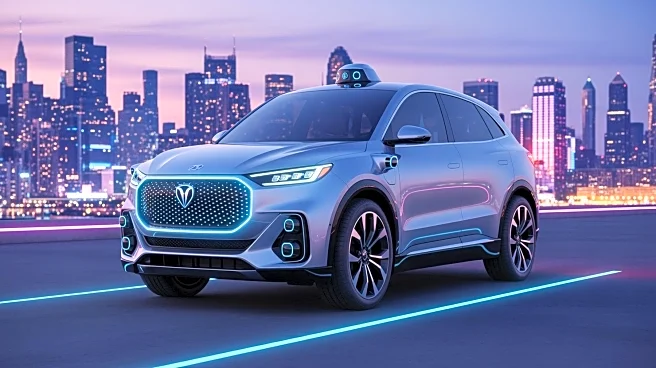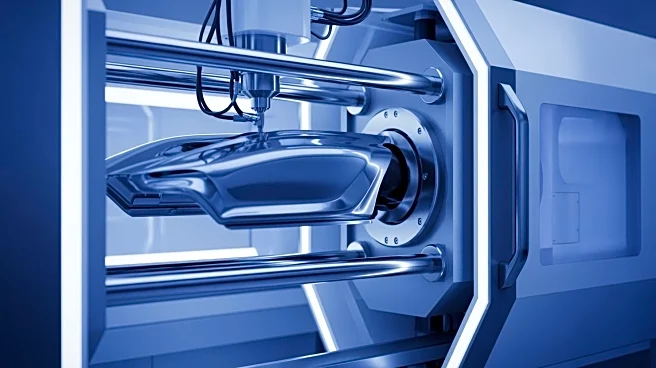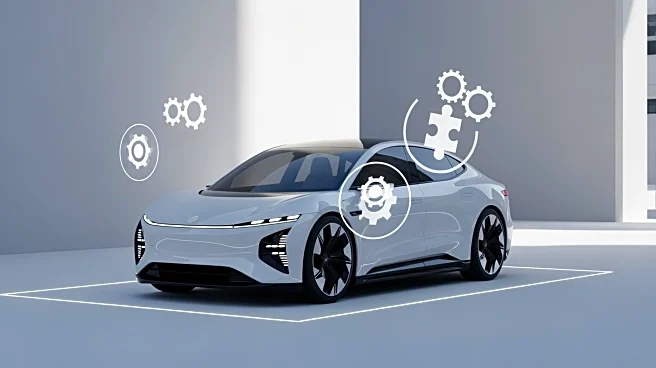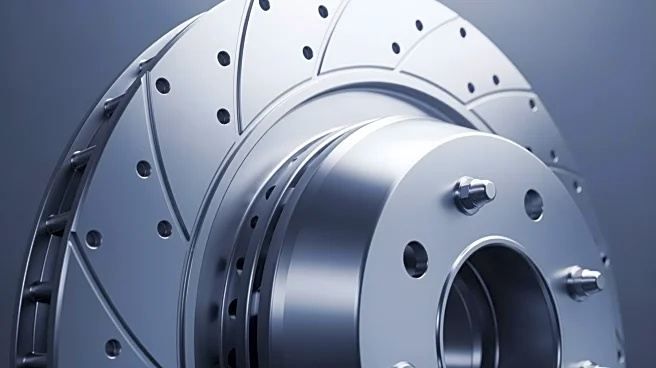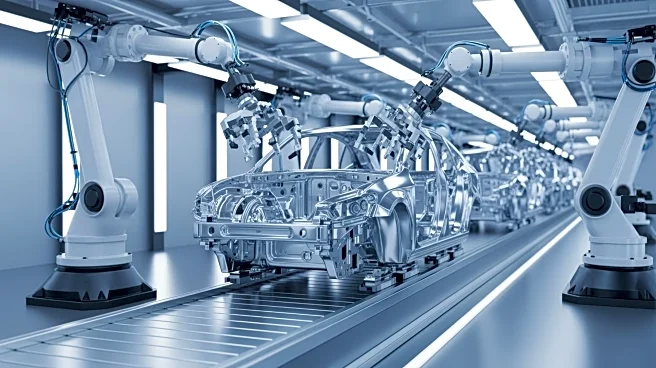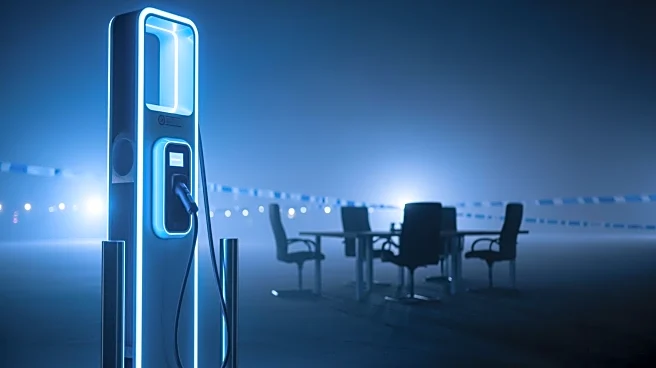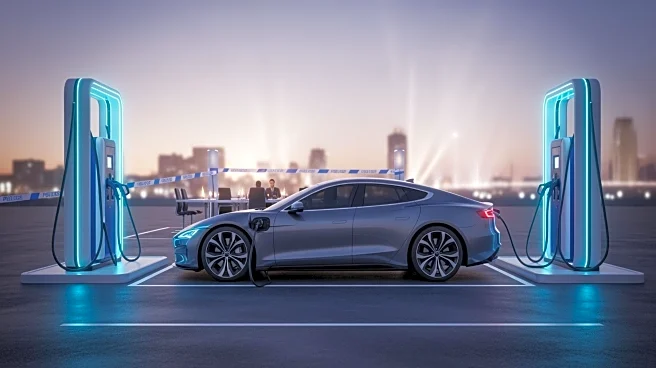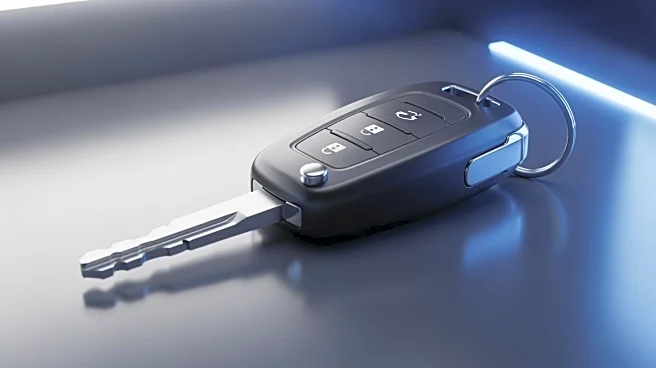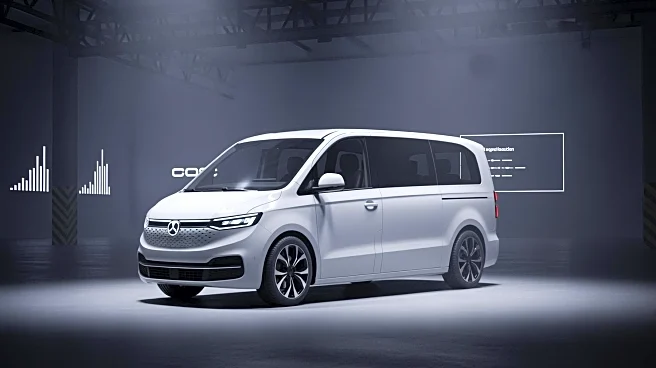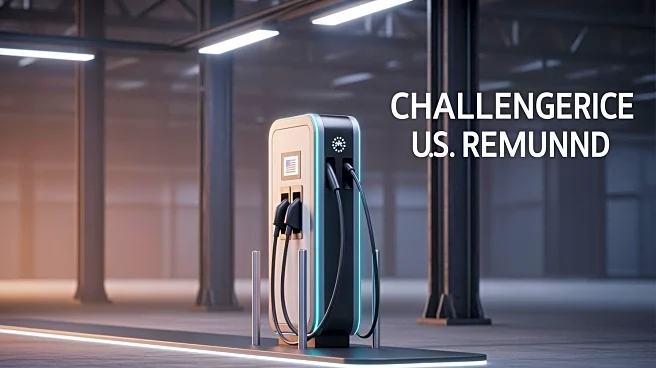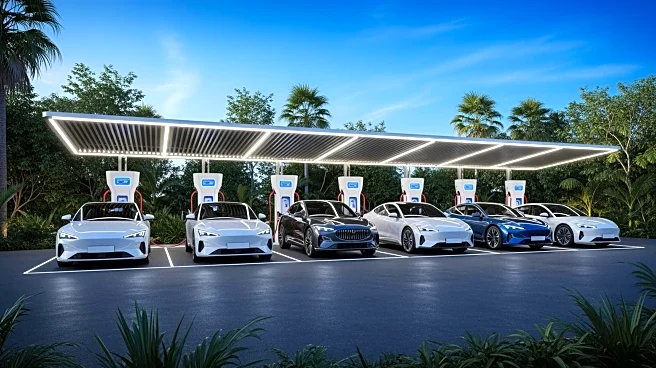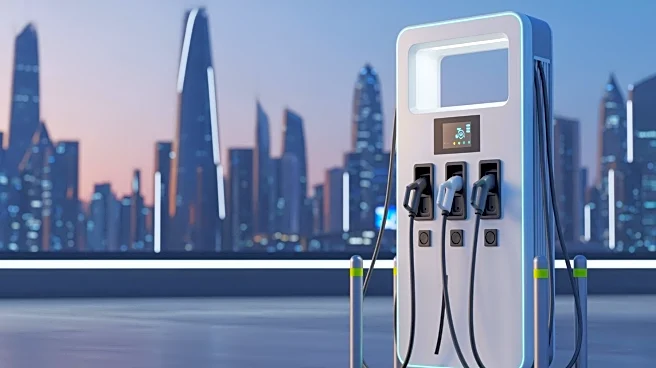What's Happening?
The Euro 7 emissions standard, set to take effect in November 2026, introduces stringent limits on brake particulate emissions for vehicles. This regulation marks a shift from focusing solely on exhaust emissions to addressing particulates from brakes
and tires. The new standards require light electric vehicles to emit no more than 3mg/km of particulates, with varying limits for other vehicle types. AVL, a leader in automotive engineering, highlights the challenges automakers face in meeting these requirements, as current systems may not comply. The complexity of measuring brake particulates, which differ from exhaust emissions, poses a significant hurdle for manufacturers.
Why It's Important?
The implementation of Euro 7 standards represents a critical step towards reducing vehicular pollution, with a focus on non-exhaust emissions. This regulation could lead to significant changes in the automotive industry, requiring manufacturers to innovate and adapt their brake systems. Non-compliance could result in products being unsellable, impacting the market and potentially leading to increased costs for consumers. The regulation also underscores the growing importance of sustainable practices in the automotive sector, pushing companies to invest in research and development to meet environmental goals.
What's Next?
Automakers and suppliers must accelerate their efforts to develop compliant brake systems. AVL offers solutions through its comprehensive portfolio, including measuring instruments and engineering support. Companies need to assess their current systems and explore potential modifications to meet the new standards. The industry faces a tight timeline, with significant research and testing required to ensure compliance. As the deadline approaches, collaboration between manufacturers, suppliers, and regulatory bodies will be crucial to achieving the necessary advancements in brake technology.
